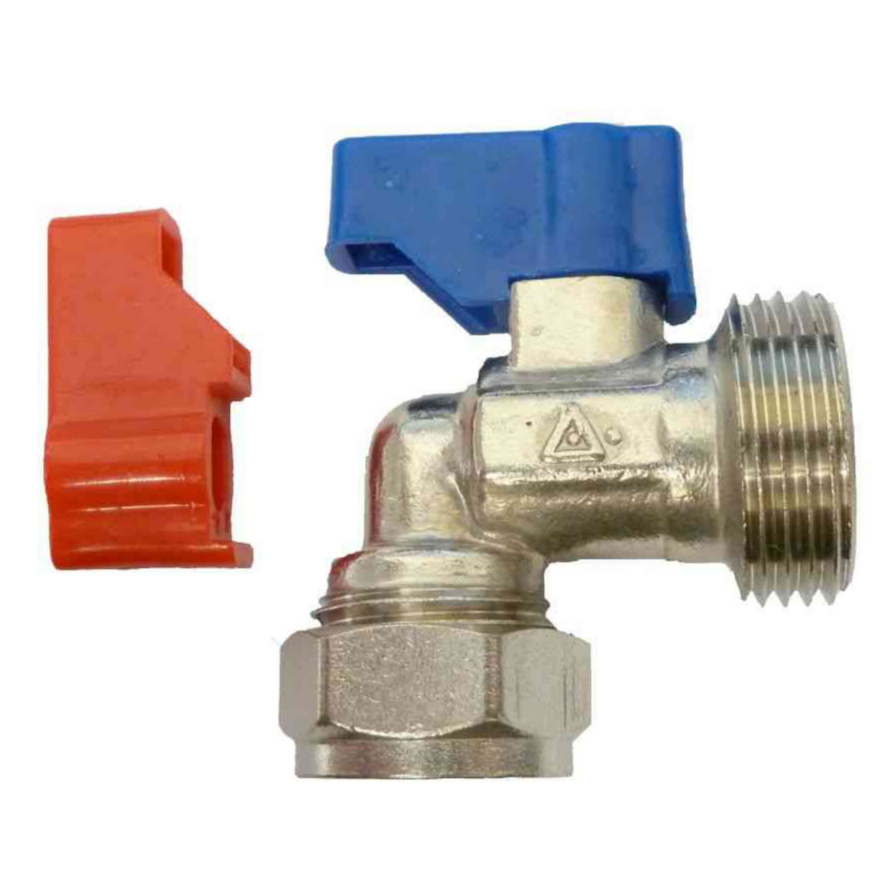Valve Washing Machine Drawing
- Kevin Garretty emailed me about a vexing problem at his Beaufort, SC home. He included a proposed drawing of what he wanted to do. Believe it or not, he was darn close to doing it the right way. He's scratching his head about the correct way to vent a washing machine and needs a venting diagram.
- How To Fix A Leaking Washing Machine On/Off Water Valve Behind Washer My washing machine water shut-off valve behind the washer is leaking. I have made sure the hoses are tight but the leak seems to be coming from from another part of the valve.
Want to listen to this column? Use the following audio player:Kevin's Shortcut VentKevin Garretty emailed me about a vexing problem at his Beaufort, SC home.
Once the machine is in place the taps for these water lines are opened and left on to allow for normal operation. Each line connects to the inlet side of a valve assembly that includes the washing machine solenoid. The valve assembly has one output, which feeds water into the tub if the washing machine.
He included a proposed drawing of what he wanted to do.Believe it or not, he was darn close to doing it the right way.He's scratching his head about the correct way to vent a washing machine and needs a venting diagram.Tim's a Master PlumberFor the record, I'm a master plumber among other things. I was a master plumber at age 28 in Hamilton County, Ohio. Ten years later I sat and passed the master test for the City of Cincinnati and got my masters license.I loved doing the plumbing on all my jobs.
I think it was the challenge of the 3-D aspect of creating the network of drain and vent pipes that attracted me to the trade.Think about it. You have one pipe leave a house to the sewer or septic system and often only one vent pipe up on the roof.But in between, those pipes bifurcate like crazy. A master plumber needs to know how to make it all work so no sewer gas ever enters the house.Kevin's DrawingHere's what Kevin cooked up in his head.' Is it OK to vent washer drain line, before the hard trap in the wall?' This is Kevin's drawing. NEVER install a washing machine drain pipe and vent like this. Look at MY drawing below.Kevin, the answer is NO.SuctionIn your scenario, if a fixture that's farther upstream discharges lots of water that rushes by the wye fitting where your washing machine drain pipe connects, the vacuum created by the water rushing past the washing machine branch Wye will siphon water from your trap.Correct Venting Prevents SuctionIf you put the vent line at the connection point of the washing machine branch arm like you see in my drawing, the vacuum pulls the needed air from the vent pipe before it tries to get it on the other side of the trap.
It's looking for the path of LEAST RESISTANCE to get the needed air.Toilets - BIG Problems!In my diagram, I've shown a half-bathroom upstream from the washing machine. Imagine what happens when that toilet is flushed!The rushing water fills the pipe completely and pushes the air in the pipe ahead of it towards the sewer. That air MUST BE REPLACED and as the water goes past wye fittings, it creates a vacuum at that point.Tim's DrawingI've included the proper pipe sizes for the system. The dashed lines are vent lines and note the one vent line for the half bath is a full-sized 3-inch vent that goes up and through the roof.The pipe that drains the lavatory sink is 3-inch in diameter because that drain line also acts as a vent for the toilet. The 3-inch pipe would never completely fill with water even if you filled the lavatory sink and pulled the stopper. This wet venting is permitted by most codes.I've done it for years on many systems, even at my own home, and never had a suction issue if you flush the toilet and let a full sink of lavatory water drain at the same time.Remember that vent lines MUST be sloped so they drain water towards the sewer.

You never want standing water in a vent line. I bought my house 4 years ago and never had a problem til very recently.

Valve Washing Machine Drawings
Doing a SUPER load in my GE top load 8yr old is when leaking occurs. Metal drain pipe is 2' dia, about 3' tall coming through garage concrete floor within 2 x 4 exposed studs. Facing machine, there is another 2' dia galv pipe running floor to ceiling and through roof. There is a tapered cone shape cover that appears to install over 2' pipe coming thru roof, with a 1' opening at small end. Do I just remove cover and run a snake down it as far as it will go? This vent pipe is a min 12' tall.
Is there a rule on proximity of where other fixtures tie in to the main sewer line in relation to the washing machine?Should a washing machine's horizontal run (after the vent) tie in downstream or upstream of a nearby bathtub's drain (all connected via wyes).My main sewer line runs from east to west. Tub would be south of the washing machine but is inches from the main vent stack. They would tie in to the main sewer at roughly the same spot.
Washing Machine Valve Box
So, should I have the washing machine tie in first and then have the wye for the tub tie in downstream? Or vice versa?Should I extend the run for the washing machine's drain and tie in further downstream of the sewer line?
